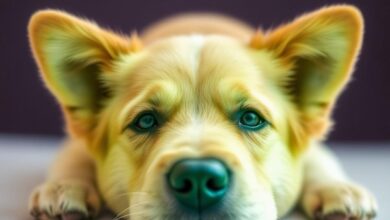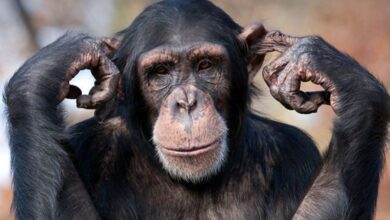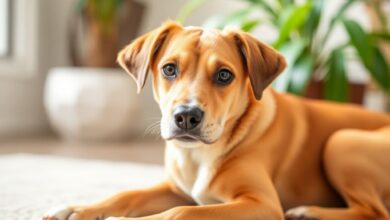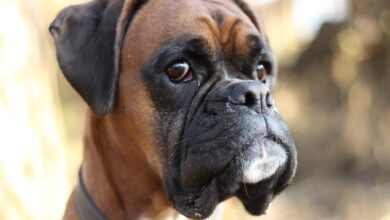Doberman Breed Standards – A Detailed Guide
Doberman Breed Standards – A Detailed Guide
Origin: The Dobermann breed, originating from Germany, is primarily used as a companion, guard, and working dog. It is classified under Group 2, Section 1 by the Fédération Cynologique Internationale (FCI), which includes Pinscher and Schnauzer types, Molossoid breeds, Swiss Mountain, and Cattle Dog breeds.
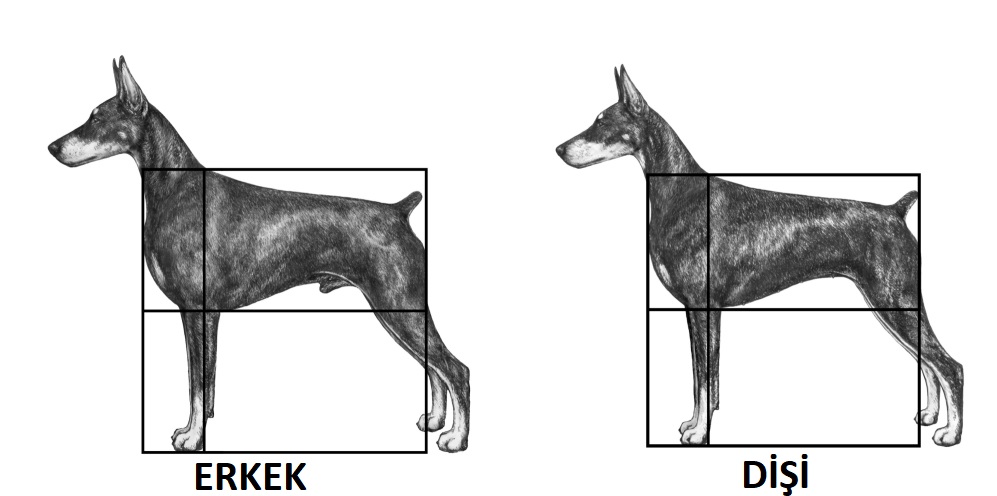
Historically, the Dobermann breed is named after its first breeder, Friedrich Louis Dobermann, who lived from January 2, 1834, to June 9, 1894.
In terms of temperament and behavior, Dobermanns are warm-hearted, friendly, and extremely loyal to their families. They are expected to exhibit moderate firmness, alongside their good nature. These dogs are trainable and show a strong work ethic, bravery, and firmness. They should be confident, fearless, social, and well-adjusted.
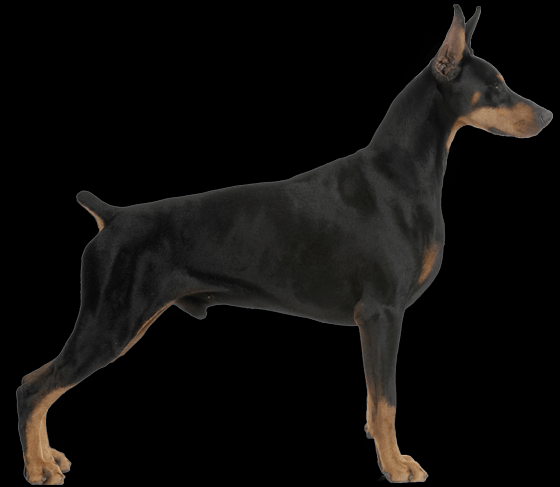
Physical Characteristics: The Dobermann’s skull should be strong and proportionate to the body. From above, the head should resemble a blunt wedge. Nostrils should be round and wide, without protrusion. The muzzle should be proportionate to the head in depth and length, with tight lips that fully close the mouth.
Their teeth must be well-developed, white, and in line with breed standards. Dobermanns have 42 teeth, categorized as incisors, canines, premolars, and molars.
The eyes should be medium-sized, oval, and dark in color, though lighter shades are acceptable for brown Dobermanns. Ears should be set high, erect, and proportionately cropped to the head.
Physically, the neck should be dry and muscular, the back short and firm, and the loin broad and muscular. The tail should stand upright and be docked to about two vertebrae.
A Dobermann’s gait is important for both working capability and appearance. When moving, the front leg should advance in unison with the opposite hind leg.
Their coat is hard, short, and dense, with colors ranging from black to brown, often with distinctive markings on the muzzle, cheeks, above the eyes, throat, inner legs, inner flanks, feet, and under the tail.
Testicles: Male Dobermanns must have two testicles.
Height at Withers: Males should be 68–72 cm, and females 63–68 cm.
Weight: Males should weigh between 40–45 kg, and females 32–35 kg.
Faults: Any measurement or appearance that deviates from the standards is considered a fault. These include:
- Behavior or appearance inconsistent with the breed’s gender.
- Overweight or underweight, legs too long or too short, weak bone structure.
- Head too long, too short, or Roman-nosed. Poor skull slope, weak lower jaw, slanted eyes, excessive cheeks, sagging lips, or excessively open mouth.
- Sagging skin in the neck area.
- Sloping tail set, sloping back, insufficient chest width, tail set too high or too low.
- Proportions of legs out of harmony with the body, loose elbows, toes too open or completely closed, light-colored nails.
- Faded or scattered tan markings, overly dark mask, large black patches on the legs, thin coat, or bald patches on the coat.
- Insufficient self-confidence, excessively high or low irritability.
- Deviation from standard measurements by more than 2 cm.
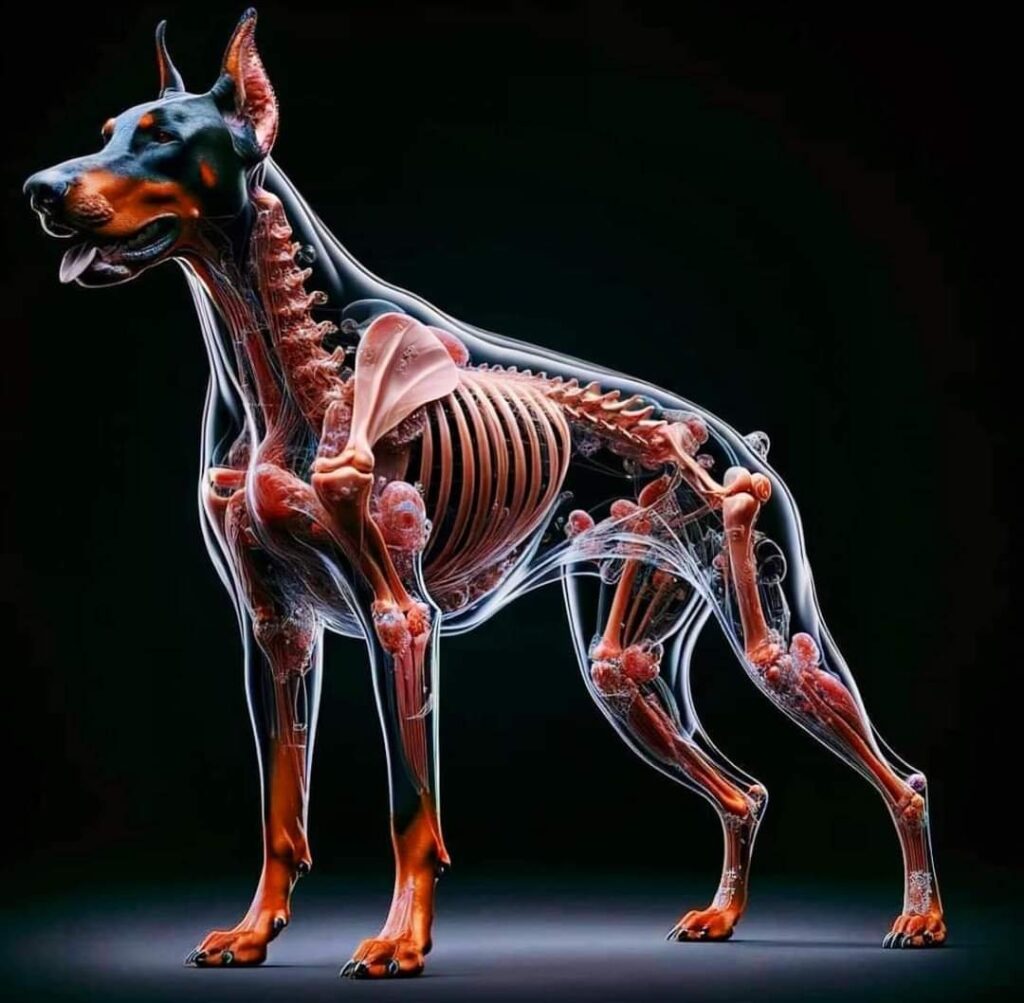
Disqualifying Faults:
- Gender-inconsistent appearance.
- Yellow or slanted eyes.
- Missing teeth or non-scissor bite.
- White spots on the coat, overly long and wavy coat, overly thin coat, or bald patches.
- Fearful, nervous, or aggressive behavior.
- Deviation from standard measurements by more than 2 cm.
- Physically or mentally abnormal appearance.
Dobermanns are medium-sized, strong, and muscular dogs with elegant lines and a proud, determined expression.
Important Proportions: The Dobermann’s body—especially in males—should be square-shaped. The body length from shoulder to rump should exceed the shoulder height by about 5% in males and 10% in females.
Dobermann coat colors vary and include black, red, blue, fawn, and white. However, the FCI only recognizes black and red, while the AKC recognizes black, red, blue, and fawn. White is generally not standard and often undesirable.
